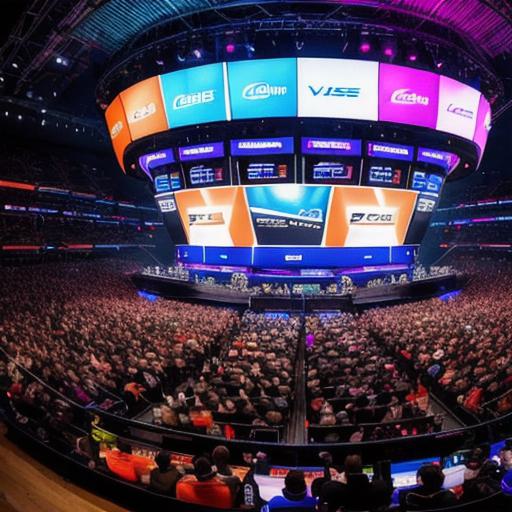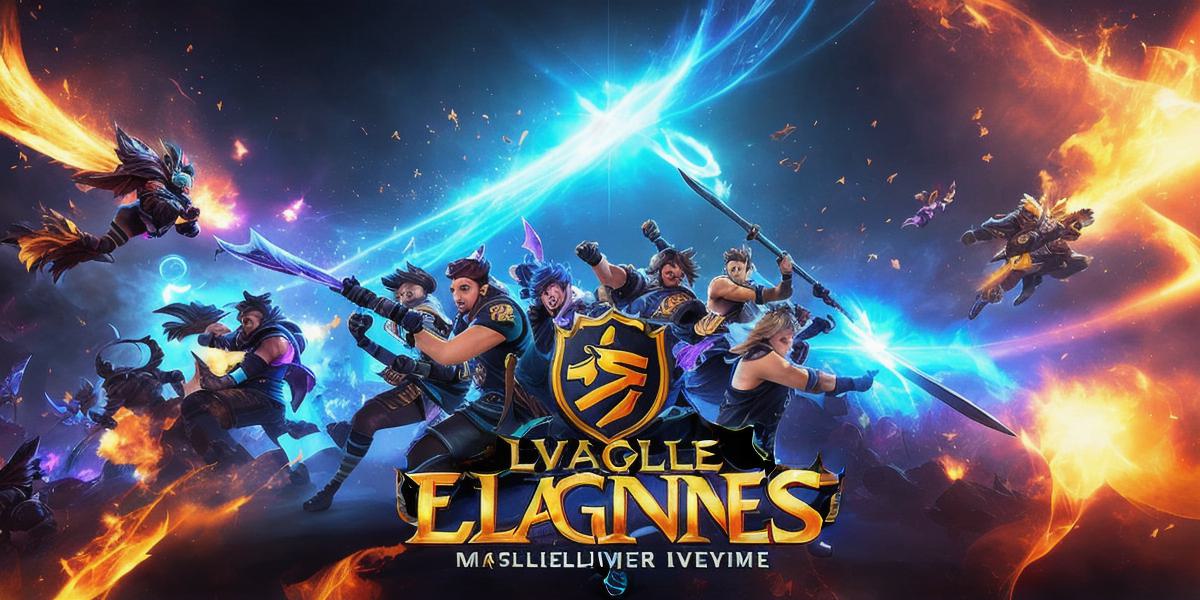Esports has become increasingly popular in recent years, with millions of fans around the world tuning in to watch their favorite teams compete in games like Counter-Strike: Global Offensive (CS:GO). One of the most successful teams in CS:GO is Fnatic, a Swedish esports organization that has won numerous major tournaments over the years. In this article, we will explore how Fnatic defied odds and qualified for Masters Reykjavík on Split by developing innovative strategies, displaying expert teamwork, and showing relentless perseverance.
Innovative Strategies
One of the key factors that enabled Fnatic to qualify for Masters Reykjavík was their willingness to experiment with new strategies on Split. This map has a unique layout, with two bomb sites separated by a long corridor, making it difficult for teams to coordinate effectively. However, Fnatic’s players were quick to adapt to this challenge and developed innovative strategies that allowed them to capitalize on the map’s weaknesses.
For example, in one of their matches against FaZe Clan, Fnatic deployed a strategy where one player remained on site while the rest of the team pushed towards the other bomb site. This allowed them to catch their opponents off guard and gain an advantage early in the game. They also made use of smokescreens and flashbangs to disorient their opponents and create opportunities for surprise attacks.
Expert Teamwork
Teamwork is crucial in CS:GO, and Fnatic’s players excelled at it on Split. Their success was not just due to individual skill but also their ability to work together effectively as a team. Each player had a specific role to play, and they executed their roles with precision and coordination.
During the Valve Major in Stockholm, Fnatic’s players displayed exceptional communication skills, calling out enemy positions and coordinating attacks with pinpoint accuracy. They also showed impressive adaptability, adjusting their strategies on the fly based on their opponents’ tactics. This level of teamwork and communication is a key factor that separates successful teams from those that struggle to win matches.
Relentless Perseverance
Perseverance was another critical factor in Fnatic’s success on Split. The map has numerous opportunities for comebacks, and even the most seemingly insurmountable deficits can be turned around with a well-timed push or a clever strategy. Fnatic’s players never gave up, even when they were behind, and continued to search for opportunities to make a comeback.
In one of their matches against Astralis, Fnatic was down 13-9 after the first half. However, they refused to give up and pushed hard in the second half, eventually winning the game 20-17. Their perseverance paid off as they qualified for Masters Reykjavík on the back of this victory.

Comparing Fnatic’s Success with Other Teams
While Fnatic’s success on Split is impressive, it is worth comparing their achievements to those of other teams. For example, in recent months, FaZe Clan has struggled to find their footing and have yet to qualify for a major tournament. On the other hand, Astralis has been one of the most successful teams in CS:GO over the past few years, winning numerous major tournaments and consistently performing well on Split.
However, Fnatic’s success on Split is notable because they were able to overcome their initial struggles and eventually qualify for a major tournament. Their innovative strategies, expert teamwork, and relentless perseverance allowed them to turn things around and achieve their goal.
FAQs
What factors contributed to Fnatic’s qualification for Masters Reykjavík?
Fnatic’s qualification for Masters Reykjavík was due to their unwavering determination and strategic prowess on the popular game mode, CS:GO, on the map Split. They developed innovative strategies, displayed expert teamwork, and showed relentless perseverance.
What are some strategies that teams can use on Split?
Teams can experiment with various strategies on Split, such as deploying smokescreens and flashbangs to disorient opponents, using a player to remain on site while the rest of the team pushes towards the other bomb site, or coordinating surprise attacks.
How has esports grown in popularity?
Esports has become increasingly popular in recent years, with millions of fans around the world tuning in to watch their favorite teams compete in games like Counter-Strike: Global Offensive (CS:GO). The growth of esports can be attributed to several factors, including advancements in technology, increased accessibility, and the rise of professional leagues and tournaments.
Conclusion
Fnatic’s qualification for Masters Reykjavík is a testament to their unwavering determination and strategic prowess on the popular game mode, CS:GO, on the map Split. Their innovative strategies, expert teamwork, and relentless perseverance allowed them to overcome initial struggles and achieve their goal of qualifying for a major tournament. As esports continues to grow in popularity, it is fascinating to see how teams adapt to new challenges and develop new strategies to succeed in the game.
